What did Saturday's solar eclipse look like? Photos show a 'ring of fire' in the sky.
Some of the U.S. got to see a "ring of fire" eclipse Saturday, caused by the moon blocking the sun. The rest of us, well, we get to see the photos.
The annular eclipse, which occurs as the moon is near its furthest point from Earth, creates the "ring of fire" effect with the sun peeking around the moon's edges. NASA had projected the phenomenon would first become visible in Oregon about 12:13 p.m. EDT/9:13 PDT and end in Texas about 1:03 p.m. EDT/10:03 PDT, or 12:03 CDT (local time).
Observers in Oregon, California, Nevada, Utah, New Mexico, Idaho, Texas, California and Colorado were expected to be able to see the eclipse on Saturday. Later, it was expected to be visible in Mexico and Central and South America.
Explainer graphic:Annular solar eclipse creates 'ring of fire'
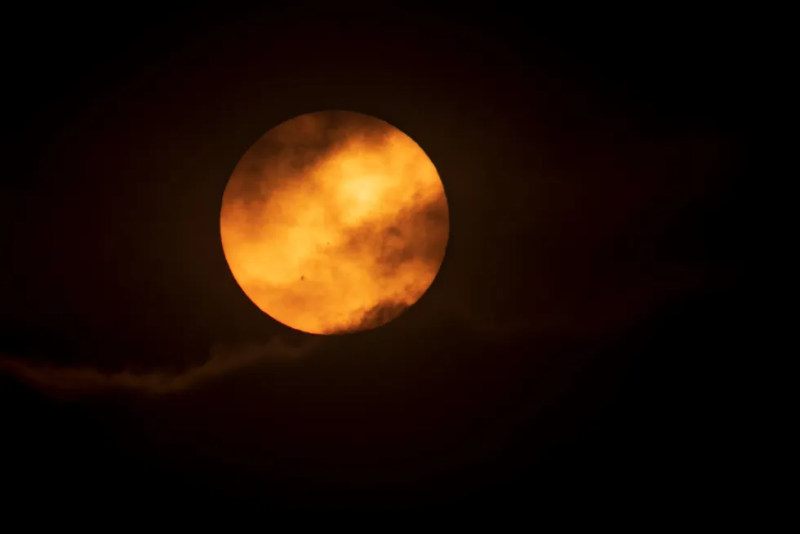
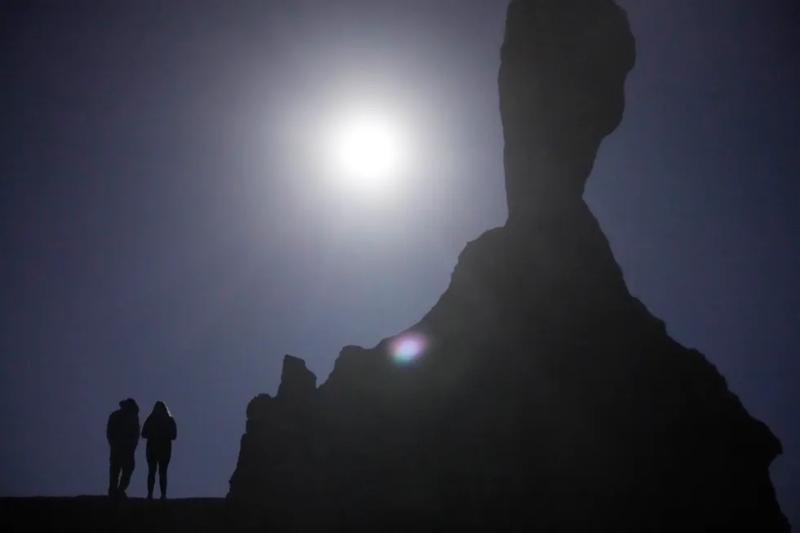
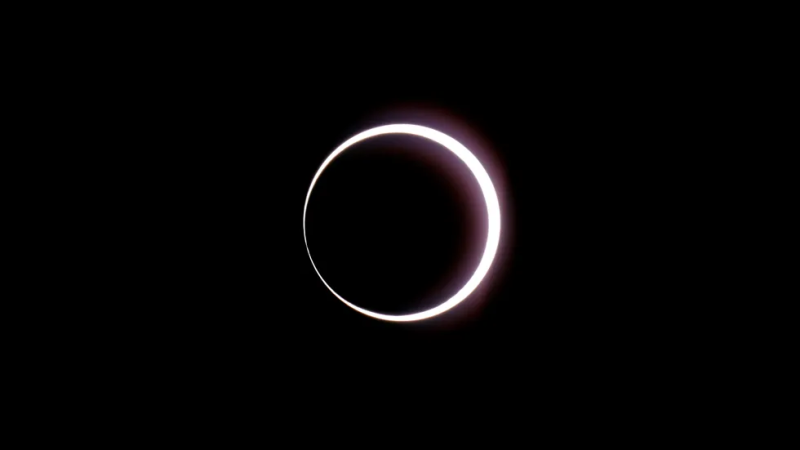
In Eugene, Oregon, Cheryl Kurchin Chapman gathered with others to view the eclipse at College Hill Reservoir. “It was awe-inspiring. There are hundreds of people here,” she told The (Eugene, Ore.) Register Guard. “Something that reminds me of my father when we were younger who’d take us out to witness the eclipse. It’s a magical event.”
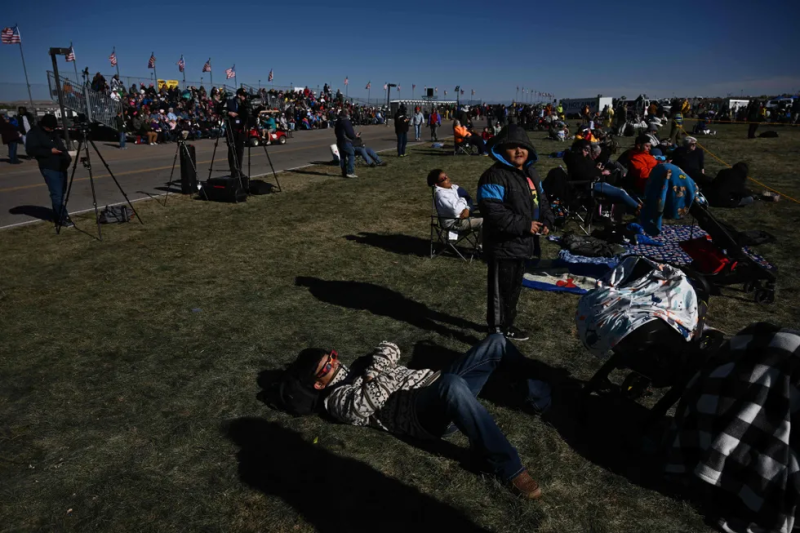
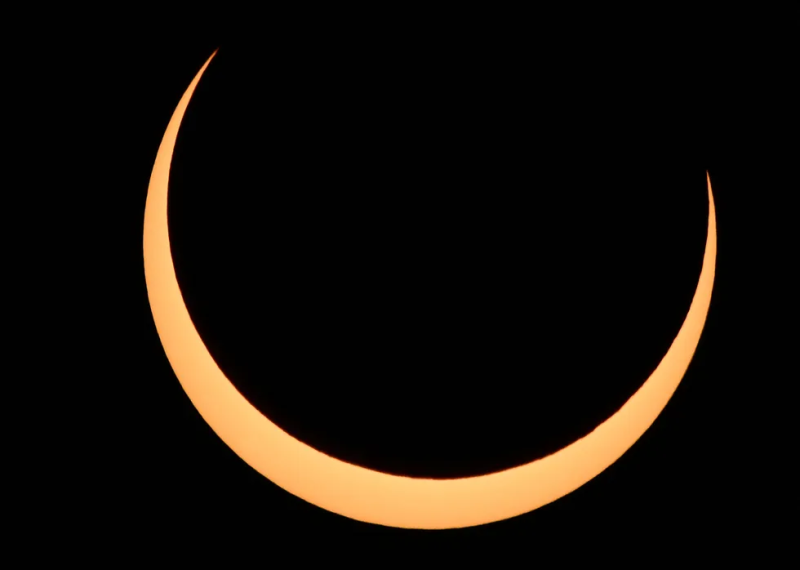
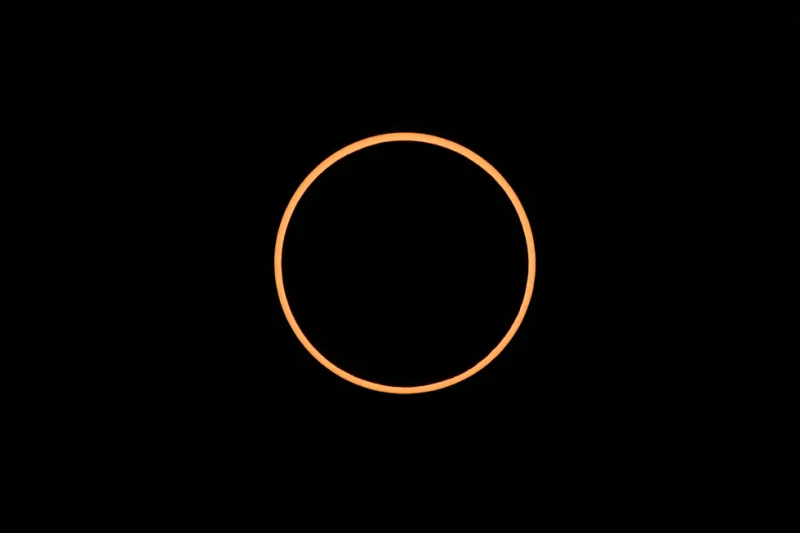

Cloudy skies threatened to prevent some from seeing the eclipse's totality – the point when the moon eclipses most of the sun.
But at the Albuquerque International Balloon Fiesta, which draws close to 100,000 spectators daily to watch hundreds of hot-air balloons, the sky was crystal clear on Saturday morning. “It’s very exciting to be here and have the convergence of our love of flying with something very natural like an eclipse," pilot Allan Hahn of Aurora, Colorado, told The Associated Press.

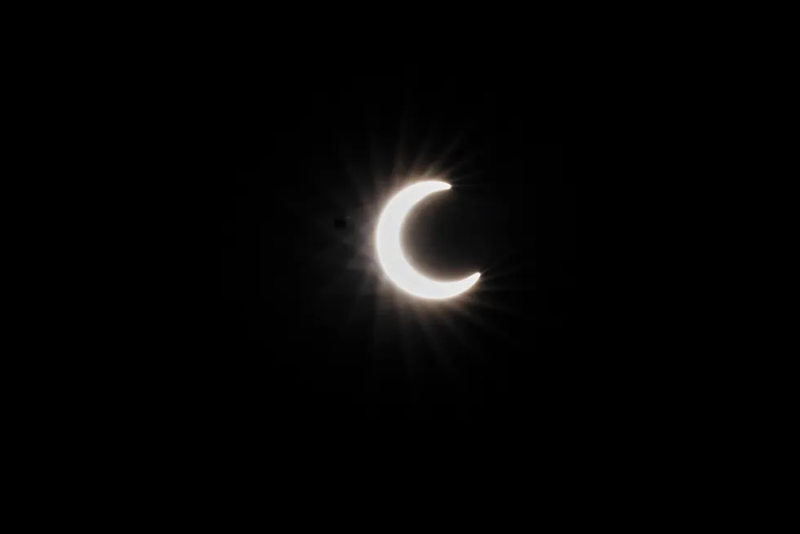

Attendees at the Austin City Limits Music Festival got to witness a partial eclipse as the day's musical events were getting underway. The city wasn't in the eclipse's direct path like San Antonio, but observers could still see a crescent-shaped sun.
Austin-based rapper Blakchyl, whose set started at 11:45 a.m. CDT got to look up at the sky while backstage. "It's kind of romantic," she told the Austin American-Statesman.
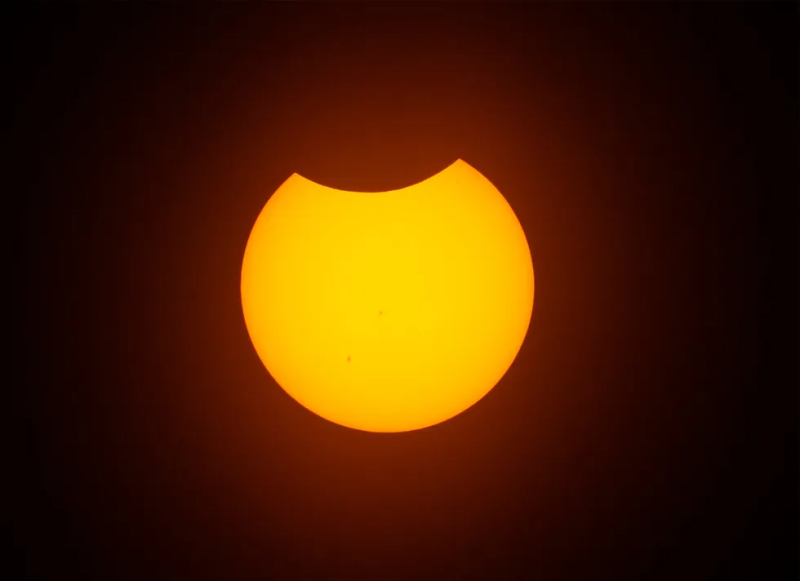


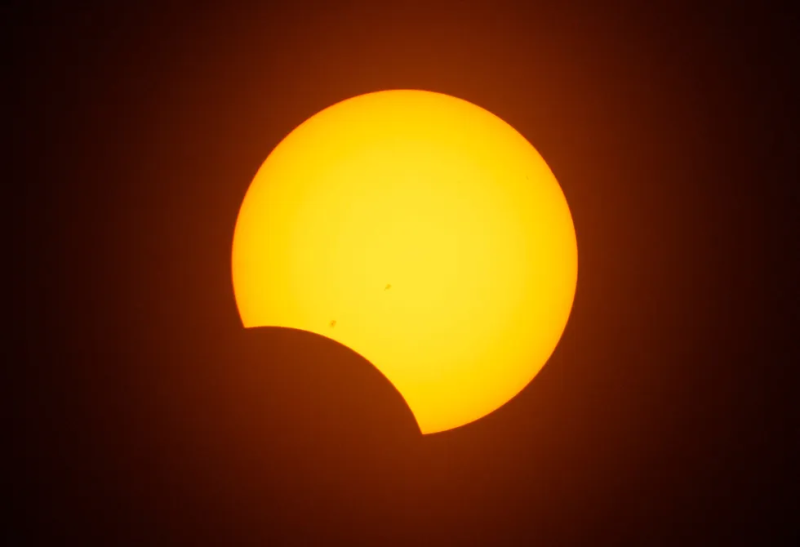
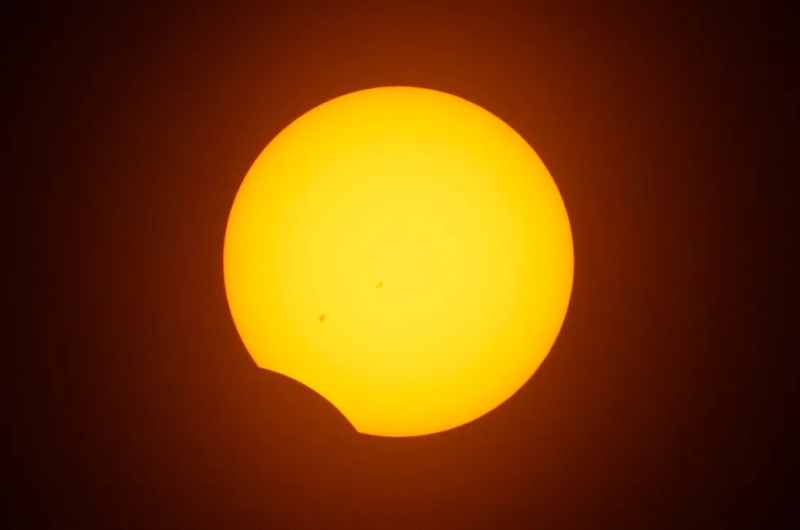
Jim Cantore of The Weather Channel gathered with observers in Albuquerque and posted his response on X, formerly known as Twitter. "What an incredible sight," he said upon viewing the "ring of fire" eclipse. "Oh, that's just perfect."
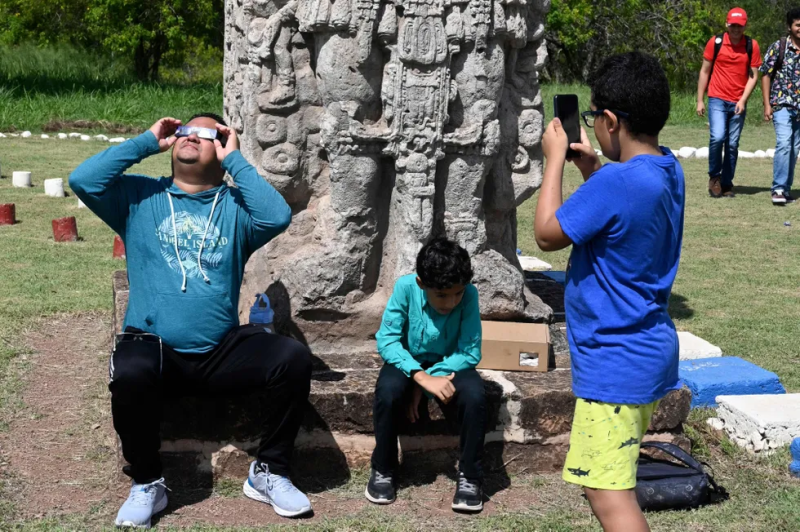
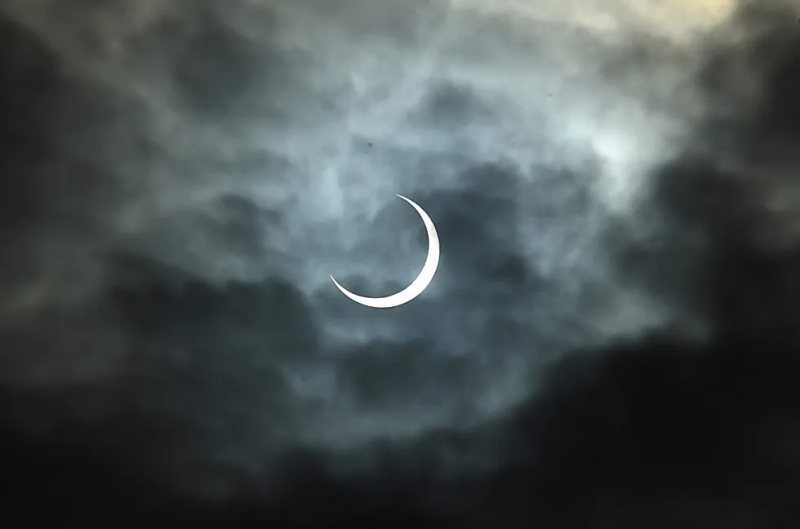
The good news: even more of the country will get to see a total solar eclipse in April 2024, as it will follow a different path – beginning in Mexico before sweeping across Texas, the Midwest, upstate New York and northern New England.
Contributing: Mary Walrath-Holdridge, Trevor Hughes,
Follow Mike Snider on X and Threads: @mikesnider & mikegsnider.
What's everyone talking about? Sign up for our trending newsletter to get the latest news of the day
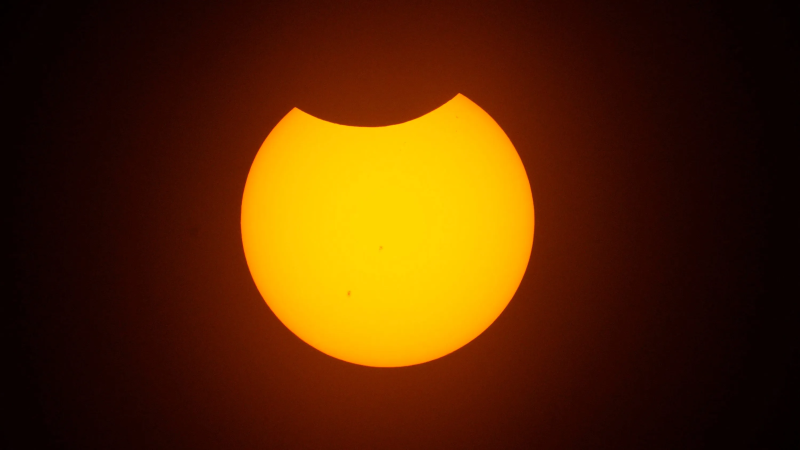
Disclaimer: The copyright of this article belongs to the original author. Reposting this article is solely for the purpose of information dissemination and does not constitute any investment advice. If there is any infringement, please contact us immediately. We will make corrections or deletions as necessary. Thank you.





